
Taking advantage of the middleman's privilege, Tango's fresh seafood, dried fish, and its favorite cherry blossoms are available. In winter, pine pine crabs and frozen crabs, which are convenient for cooking, are also available. Tango crepe accessories and souvenir sweets are also available, and better items are offered at a lower price.
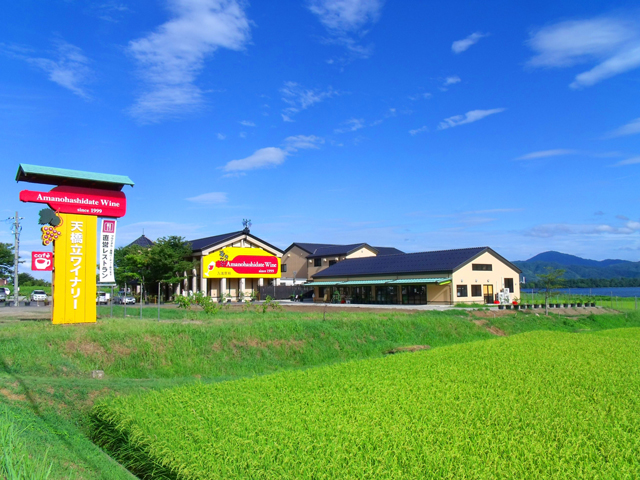
Wine shop lined with specialty wines made with 100% of domestically produced grapes. Marche sells fresh vegetables from local farmers directly and rice flour bread made by their own bread workshop. From the restaurant on the second floor, you can overlook the Tenbashi and the Sea of Aso, and you can enjoy meals and cafe menus using local ingredients.
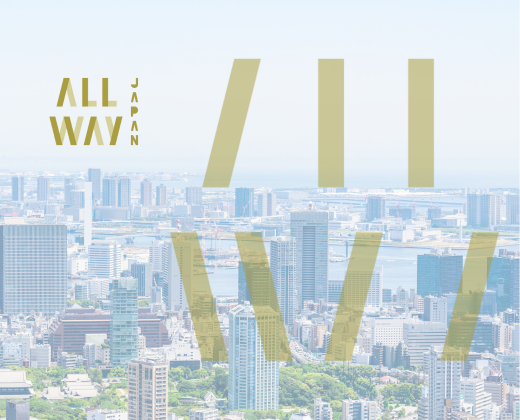
A glamping facility with the theme of "food education", which is close to the Tenbashi stand and can spend time looking at Miyatsu Bay. The three-type 16 domed tents set up on the terrace are well received by families as they are equipped with a bath, toilet and air conditioning. At the barbecue corner dedicated to each tent, you can taste a menu that makes use of local ingredients and plenty of vegetables for harvesting experience. The administration building is lined with vegetables from a dedicated plantation and nearby farmers, and sometimes they carry out cooking experiences such as salads and pizzas using these vegetables. The charm is that guests can participate for free. Plans such as day-trip glamping and empty-handed barbecue with ingredients are also recommended.

A private cottage where you can stay with your pet dog, in the Tenbashi area called Kyoto by the Sea. It features an individual indoor hot spring and an individual pool, and can be enjoyed all seasons in a pool in summer and a hot spring in winter. Indoor hot springs are attractive to put pet dogs together. A private dog park is also attached to the garden. For the meal, BBQ course using fresh ingredients from the Tango region is recommended. You can enjoy a menu that focuses on domestic Japanese beef beef steak and live abalone. The rooms are available in 3 rooms, 2 types of 2 beds and 4 beds. The garden and the room are spacious.
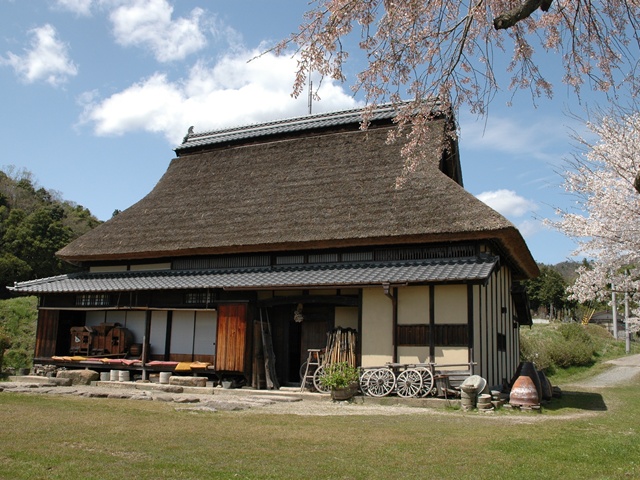
It is located in a scenic location with a panoramic view of the Tango Bridge, and is integrated with the site of the historical site of Tango Kokubunji Temple. In addition to permanent exhibitions, the exhibition is held three to four times a year from the fields of history, archeology and folklore, and the collection of important cultural objects to be stored is also exhibited for a limited time. In addition, the former Nagashima Family House (Kyoto Prefecture-designated Tangible Cultural Property), which was a large Shōya in the Edo period, was relocated and restored to the public on the site, and you can freely view this house with a fee to enter the main building.
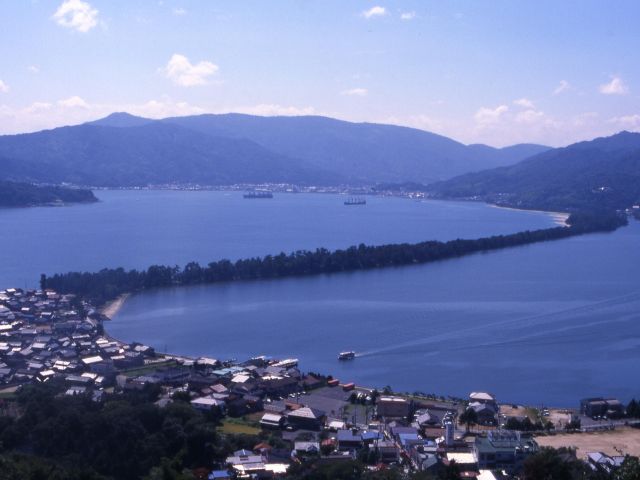
A park known for its "crotch peeping cradle" on the hillside of Mount Narisan on the northern side of the Tenbashi. From Fuchu Station at the foot of the train to Akusumatsu Station, Tenbashi-dashi cable car and lift service. The view of the Tenbashi stand seen from here is called one of the three main views of the Tenbashi stands, "diagonal one character", and is also called "shōryūkan" because of the appearance of a dragon rising to the heavens. Tenchi is reversed when you peek at the crotch, and it is exactly like a floating bridge over the heavens. Within the park, there is a circular sky deck and observation wood deck "Colosseum", opening prayer application "Kawarake Throw", wish bells and keys, and restaurant AmaTerrace [Amaterasu], so you can enjoy sightseeing in the Tenbashi.
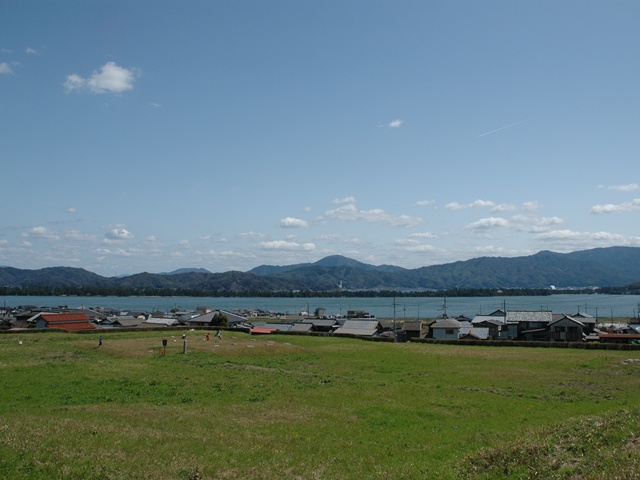
The site of the Tango Kokubunji Temple, a country-designated historical site, is located on the opposite bank of the Tango Railway Station on the Kyoto Tango Railway, and is located on a plateau with a view of the Tenhashirate and the Sea of Aso. The basins and cornerstones of the Kindou and pagoda sites, which were rebuilt during the North and South Dynasties, and 51 pieces of the cornerstones of the Zhongmen are left behind. Apart from the discovery of the roof tiles of the Nara period, there is still not much material to know about the temple area, as well as the state of the founding. The Kokubunji Temple, depicted in the Sesshu Bumbu Tenhashi Figure (around the beginning of the 16th century), is a figure that was rebuilt in the Middle Ages.
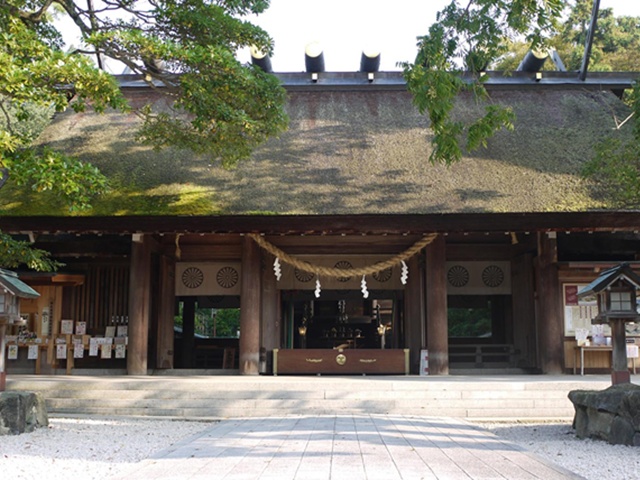
The Kansei Taisha (the only one in the Sanyin-do) in the "Enki-shiki" description, and the old shrine, which also boasts a formality as the Tango Ichinomiya, and the shrine is the same Shinmeizo as the Ise Shrine. It is referred to as the former Ise because the Amaterasu Okami and the Toyokae Okami were celebrated before the transition to Ise. On April 24, the Aoi Festival will be held, and the priesthood of the gods, such as the sword swing, will give a lively blessing to the birth of God. The komainu (Important Cultural Property), located on the stone steps in front of the Shinmen, was slashed by the swordsman Shigetaro Iwami as the author's soul entered and was haunting the Matsubara in the Tenbashi-dashi, and has since been transmitted as an amulet's guardian dog.
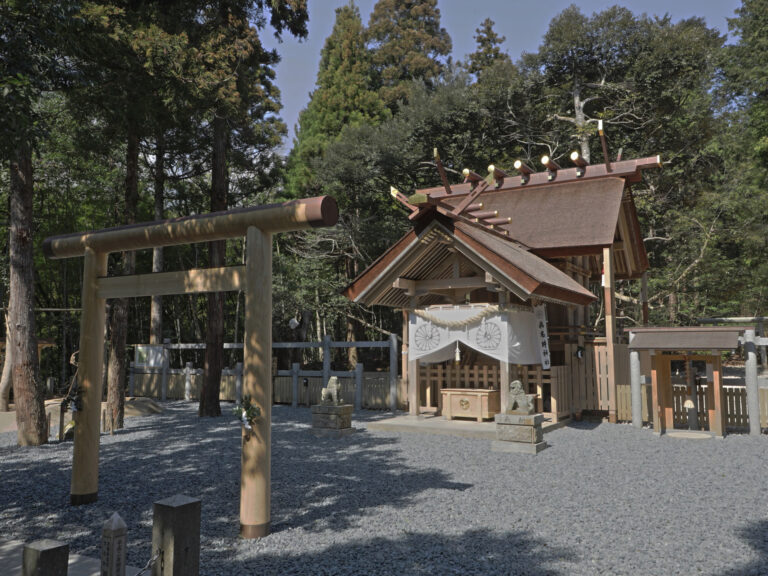
Okumiya, the former Isegon Shrine; the shrine where the Toyōki Omikami sat before being feted at the Ise Shrine Outer Palace; and if you place yourself in a spiritual space surrounded by forests, you can be cleansed to your heart.
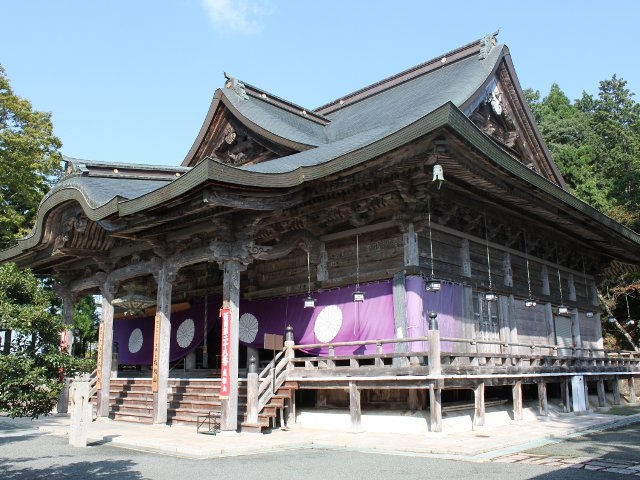
The temple stands on a scenic spot with a view of "Tenhashi-Ritsu", the three Japanese views, along with Miyajima and Matsushima. In the first year of Gyeongyun (704), the ancient temple of the 28th place of the 33rd place of the west country, which was inaugurated by the Shinyo Jōjin. It is famous as "the temple of the wish-to-be temple", and the precincts include the main temple built in the Edo period, as well as the Kannin-do and the five-storied pagoda, which has been restored in the form of the Kamakura period. Try not to miss the sad legend's lingering kazuno bell, as well as the sculpture "Makumaku no Ryu", which is said to be made by Jingoro Sato within the main hall. Behind is the Narisaisan Panorama Observatory, where you can enjoy a superb view of "Tenhashi-dashi".










